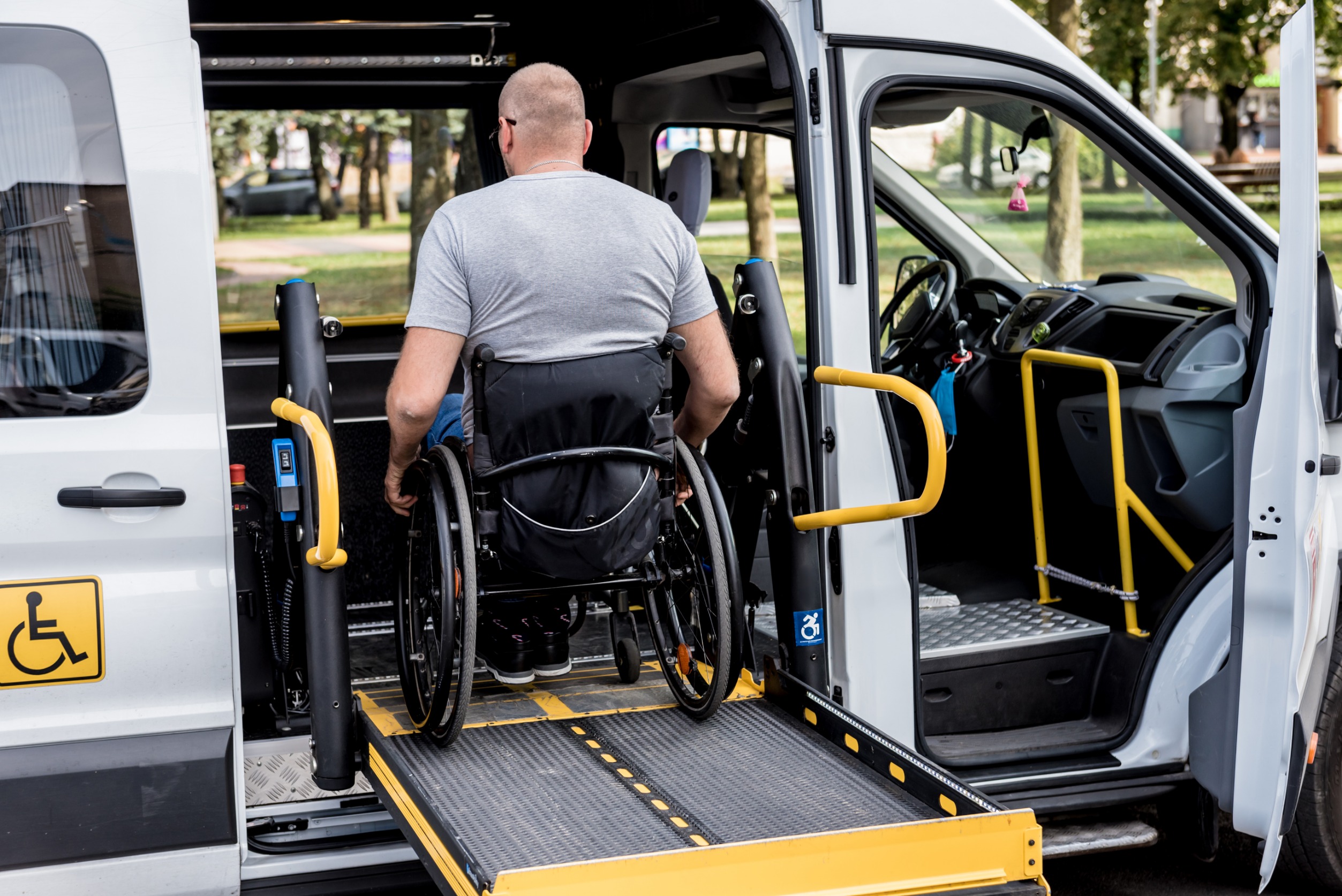
For those who have reduced mobility, a wheelchair can be a lifeline, offering independence and mobility where previously there were only barriers. But that independence only extends as far as you’re able to take your wheelchair with you; if you have to leave your wheelchair behind because it can’t be loaded into your car or van, you have to give up an essential piece of yourself as well—your independence. This is why it’s so important that wheelchair users have access to wheelchair ramps for cars and vans. With the right ramp, loading and unloading your wheelchair into a vehicle is far simpler, making it easy to bring your wheelchair ramp with you everywhere. Keep reading to learn how to choose the best wheelchair ramp for your car or van.
Before you start looking into the different types of ramps available, it’s important that you examine your own needs as well as the type of vehicle you own. Different types of cars have different configurations, even among more accessible vehicle types, like vans. The ramp you choose must be compatible with your car’s dimensions and door configurations.
Measure your van’s dimensions, paying particular attention to the height and width of the doors. Though you obviously can’t control the size of the parking spaces at every location you want to go to, you should also measure the available space in the garage, driveway, or other location where you plan to park the van at home. Make sure you have enough space to load and unload the wheelchair with a ramp extended, and ensure that the ground is level.
Additionally, consider your personal mobility needs and the type of wheelchair you use. Power wheelchairs are generally heavier and bulkier than manual wheelchairs, for example, so you’ll need a sturdier and possibly a wider ramp if you use this type of mobility device.
Once you know what your needs are, you can start looking at the different types of wheelchair ramps available to find one that fits those needs. There are several types of ramps designed for vehicle use, and each has its own list of pros and cons. Here’s a quick look at them:

The length and slope of your wheelchair ramp are critical factors for safety and ease of use. A ramp that’s too steep can be dangerous, while one that’s too long might not be usable in smaller parking spaces. ADA guidelines recommend a slop of 1:12, meaning that for every inch of height, your ramp needs 12 inches of length. For example, if your van’s entrance is 18 inches high, you’ll need a ramp that’s 18 feet long. While it may not always be possible to adhere to ADA guidelines and still have a ramp of a manageable length, you should strive to get as close to this ratio as possible when choosing a ramp for your van.
If you need help finding the right wheelchair ramps for a home, van, or other type of vehicle or property, contact Southern Mobility Solutions today. We’ll help you select the right ramp and provide professional installation to ensure stability, safety, and durability. Call now to schedule a consultation or request a quote.